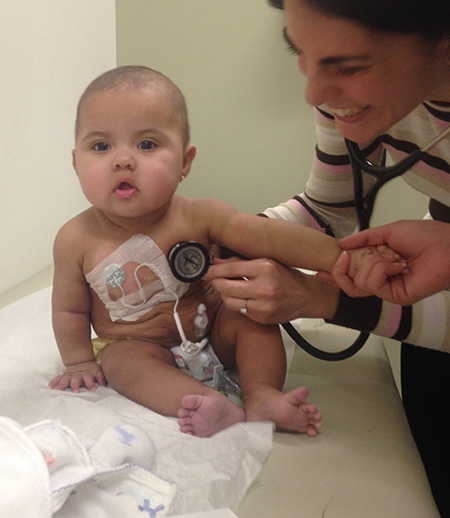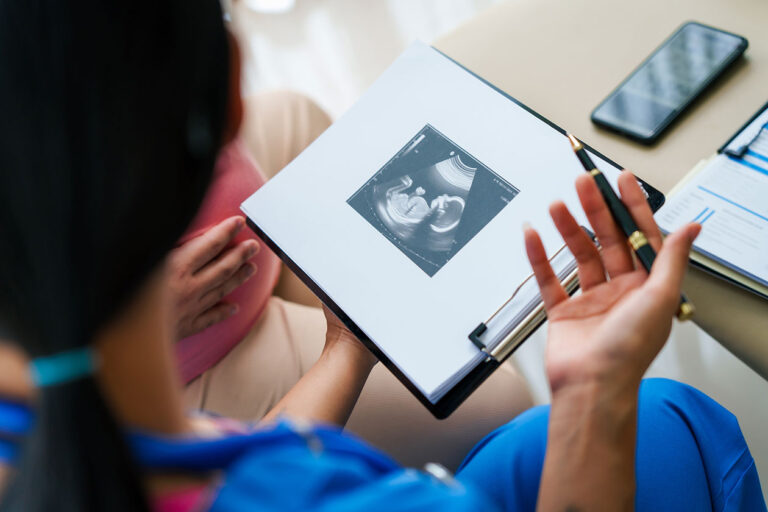What Is Total Parenteral Nutrition (TPN)?
📌 Parenteral nutrition means “feeding through the bloodstream.” It involves giving a special mixture of nutrients directly into the veins when the intestines are unable to digest or absorb regular food. This way, the body still receives the essential nutrients it needs to grow and heal.

How Is It Administered?
- A catheter — a small, flexible tube — is placed into a vein in the arm, chest, or neck. Through this catheter, the special nutrition formula is delivered directly into the bloodstream.
- It is safe and can be used for days, months, or even years, depending on the case.
When Is It Recommended?
- Intravenous nutrition is recommended when oral feeding is not possible, known as TPN (Total Parenteral Nutrition).
- Non-functioning intestine (e.g., Berdon syndrome, surgeries).
- Severe digestion problems (such as vomiting or obstructions).
- Malnutrition or low weight that puts health at risk.
- Prolonged administration of antibiotics or fluids for hydration.
What Is a Central Line, and Why Does My Child Need One?
When a child needs frequent or long-term medical treatments — such as antibiotics, intravenous nutrition, or chemotherapy — it is very common for doctors to recommend placing a central line.
These devices help protect your child from repeated needle sticks and allow important treatments to reach their body safely and gently, making the process easier and less stressful for everyone.
Most Common Types of Devices
Depending on the type of treatment, the duration, and the child’s age, the medical team may suggest different options:
External Central Line (or Tunneled Catheter): It is a small tube placed into a large vein in the neck or chest, with part of the tube exiting through the skin to allow easy access. It is used when frequent or ongoing treatments are needed.
PICC Line (Peripherally Inserted Central Catheter): This catheter is placed into a vein in the arm and is most commonly used when treatment is expected to last a few weeks or months.
How Are They Placed?
Placement is done in the hospital under general anesthesia, so the child will not feel pain during the procedure. Doctors use imaging tools, such as ultrasounds or X-rays, to make sure everything is properly positioned.
Most children are able to go home the same day, and the nursing team teaches parents how to care for the device at home to prevent infections.
How Should I Care for It?
Some Key Recommendations:
- Wash your hands thoroughly before touching the catheter.
- Change the dressings according to the hospital’s instructions.
- Watch for signs of infection, such as redness, pain, fever, or discharge.
- Call the doctor if anything looks or feels different.
These types of devices are a very valuable tool that can improve your child’s quality of life and make many treatments easier. Although it may feel scary at first, with practice and support, it becomes a natural part of the family’s routine.
Reference: https://www.childrenscolorado.org/doctors-and-departments/departments/surgery/services-we-offer/central-lines-and-access-ports/








